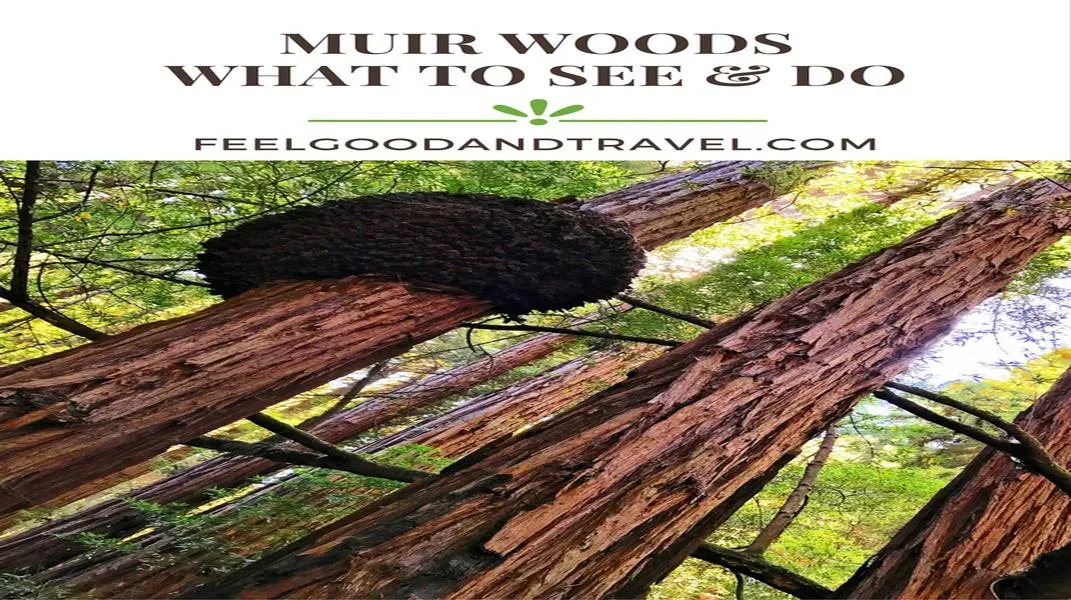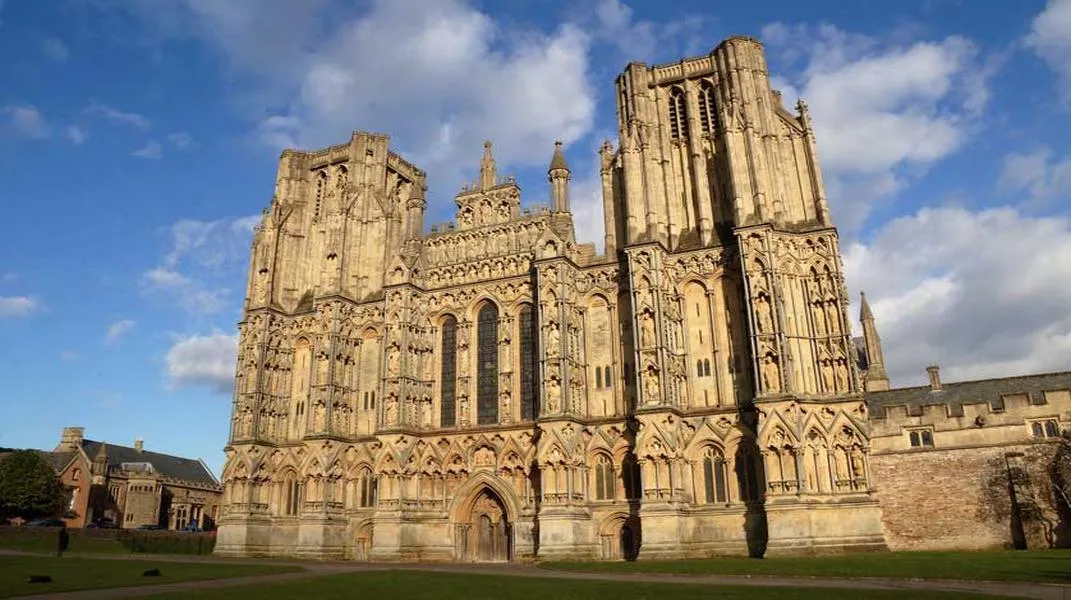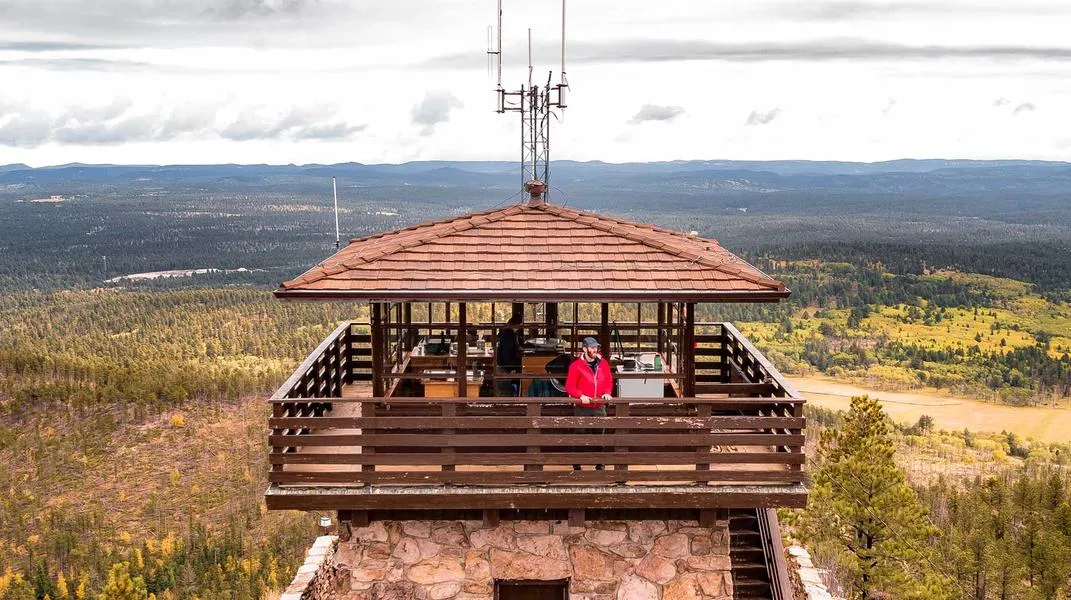Exploring the Majestic Muir Woods National Monument: A Guide for Visitors
Nestled just a few miles north of San Francisco, Muir Woods National Monument is a breathtaking sanctuary of ancient redwood trees, tranquil trails, and diverse ecosystems. Every year, thousands of visitors flock to this natural wonder to experience its towering trees, serene ambiance, and the rich biodiversity that thrives within its boundaries. In this article, we will delve into the history and significance of Muir Woods, explore its scenic trails, and guide you on how to prepare for an unforgettable visit.

A Brief History of Muir Woods
Muir Woods was established as a national monument in 1908 by President Theodore Roosevelt, largely due to the advocacy of conservationist John Muir, after whom the monument is named. Muir was a passionate naturalist who dedicated his life to preserving America’s natural beauty, and his efforts played a crucial role in the establishment of several national parks.
The park encompasses over 560 acres and is home to one of the last remaining old-growth coastal redwood forests in the United States. These majestic trees, some of which are over 1,000 years old and reach heights of over 250 feet, are a testament to the resilience of nature. Muir Woods serves not only as a sanctuary for these ancient giants but also as a vital habitat for various plant and animal species, making it a crucial part of California's natural heritage.
The Natural Wonders of Muir Woods
The Redwood Trees
One of the most striking features of Muir Woods is undoubtedly its coastal redwoods (Sequoia sempervirens). These trees are known for their impressive height, longevity, and unique bark, which can be up to 12 inches thick. The redwoods thrive in the cool, moist climate of the region, thanks to the fog that rolls in from the Pacific Ocean, providing the trees with much-needed moisture.
The tallest tree in Muir Woods, affectionately named "Hyperion," stands at an astonishing 379.7 feet tall, making it one of the tallest known living trees on Earth. While the exact location of Hyperion is kept secret to protect it from vandalism, the park offers numerous viewpoints and trails where visitors can marvel at the grandeur of these towering giants.
Flora and Fauna
Beyond the redwoods, Muir Woods is home to a diverse array of plant and animal life. The understory of the forest features a rich tapestry of ferns, shrubs, and wildflowers, including the vibrant California wildflower and the delicate shooting star. The park also hosts a variety of wildlife, including deer, foxes, and numerous bird species such as the Steller's jay and the spotted owl.
The Ecosystem
Muir Woods is a vital part of the coastal ecosystem, playing a significant role in maintaining biodiversity. The microclimate created by the towering trees supports a unique environment, with high humidity and cooler temperatures that foster a variety of habitats. The monument is also a critical area for ecological research, providing insights into forest dynamics, climate change, and conservation efforts.
Trails and Exploration
Muir Woods offers a range of trails that cater to visitors of all ages and abilities. The well-maintained paths wind through the ancient forest and provide stunning views of the redwoods and the surrounding landscape.
Main Trail
The Main Trail is an accessible, paved path that winds for about 1 mile through the heart of Muir Woods. This trail is perfect for families with young children, individuals with mobility issues, or anyone looking for a leisurely stroll among the giants. Along the way, informative signs provide insights into the history and ecology of the area, enriching the visitor experience.
Hillside Trail
For those seeking a more challenging hike, the Hillside Trail offers a moderately strenuous route through the forest. This 2-mile loop ascends to higher elevations, providing breathtaking views of the redwood canopy and the surrounding hills. Here, visitors can immerse themselves in the serenity of the forest while enjoying the sounds of chirping birds and rustling leaves.
Fern Creek Trail
Fern Creek Trail is a 2.5-mile loop that takes visitors deeper into the heart of the forest. This trail meanders alongside a babbling creek, offering opportunities to see various species of ferns and wildflowers. The gentle sound of flowing water adds to the enchanting atmosphere as you walk among the ancient trees.
Other Trails
Muir Woods also provides access to several connecting trails that lead to the nearby Mount Tamalpais State Park. The Dipsea Trail and the Ben Johnson Trail are popular routes for those looking to extend their hiking adventures beyond the boundaries of Muir Woods. These trails offer stunning panoramic views of the Bay Area and the Pacific Ocean.
Preparing for Your Visit
To ensure a smooth and enjoyable trip to Muir Woods National Monument, it's essential to prepare ahead of time. Here are some materials and tips to consider:
Admission and Parking
- Reservations: Due to the monument's popularity, visitors are required to make a reservation for parking or shuttle service. Reservations can be made through the official National Park Service website or through designated shuttle services.
- Admission Fees: There is an entrance fee for Muir Woods. As of October 2023, the fee is $15 for adults, while children under 16 can enter for free. This fee helps support the maintenance and preservation of the park.
What to Bring
- Comfortable Footwear: Wear sturdy hiking shoes or boots, as the trails can be uneven and may have damp sections, especially after rain.
- Weather-Appropriate Clothing: The weather can change rapidly in the coastal region, so dressing in layers is advisable. Bring a light waterproof jacket, as fog and mist can roll in unexpectedly.
- Water and Snacks: Stay hydrated by bringing plenty of water, especially if you plan to hike. Pack some snacks or a picnic lunch to enjoy in one of the designated areas within the park.
- Camera: Don’t forget your camera or smartphone to capture the stunning scenery. The play of light among the trees and the towering redwoods make for incredible photographs.
- Binoculars: If you're interested in birdwatching or simply want to appreciate the details of the forest, a pair of binoculars can enhance your experience.
Additional Tips
- Plan Your Visit: To avoid the crowds, consider arriving early in the morning or later in the afternoon. Weekdays are generally less crowded than weekends.
- Leave No Trace: Respect the environment by following the Leave No Trace principles. Stay on designated trails, pack out what you pack in, and refrain from picking plants or disturbing wildlife.
- Guided Tours: For a more in-depth experience, consider joining a guided tour. Rangers and naturalists often lead educational programs, offering insights into the history, ecology, and importance of the redwoods.
- Visitor Center: Start your visit at the Muir Woods Visitor Center, where you can find maps, information, and exhibits about the park's history and wildlife.
- Safety: Always be aware of your surroundings and watch your step on trails. Inform someone of your plans if you plan to hike longer trails.
Conclusion
Muir Woods National Monument is a treasure trove of natural beauty and ecological significance, offering a unique opportunity to connect with nature and experience the awe-inspiring grandeur of ancient redwoods. Whether you’re strolling along the Main Trail, hiking the Fern Creek Trail, or simply soaking in the tranquility of the forest, a visit to Muir Woods is sure to leave you with lasting memories.
By preparing adequately and respecting the environment, you can fully immerse yourself in this captivating sanctuary. So lace up your hiking boots, pack your essentials, and embark on an adventure to explore the majestic Muir Woods—an unforgettable experience awaits you in the heart of nature.
Related Posts

Exploring Wells: A Comprehensive Guide to the Jewel of Somerset

Exploring the Swiss Alps: A Comprehensive Guide to One of the World’s Most Iconic Tourist Attractions

Exploring the Majestic Black Hills National Forest: A Comprehensive Guide for Visitors

